A film like pine results in many people believe that the Great White Shark is an indiscriminate killer with a strong preference for human flesh. However, research and realistic observation have well-developed, non-human eating habits revealed. Their diet depends on a number of factors: age / size of the shark, the location and availability of prey.
Many scientists believe that eating great white shark before they are born, start. Without sharks eating the placenta, which grow the fastest, the unfertilized eggs of his so-called brothers and sisters. This is (eat eggs) that oophagy known. The surviving sharks in well trained and ready to hunt effectively. The diet of a juvenile shark differs from that of an adult who made the prey easier to catch and by size. In addition to the shallow waters, they feed on invertebrates, small sharks, rays, fish, seabirds and the occasional unlucky.
Many scientists believe that eating great white shark before they are born, start. Without sharks eating the placenta, which grow the fastest, the unfertilized eggs of his so-called brothers and sisters. This is (eat eggs) that oophagy known. The surviving sharks in well trained and ready to hunt effectively. The diet of a juvenile shark differs from that of an adult who made the prey easier to catch and by size. In addition to the shallow waters, they feed on invertebrates, small sharks, rays, fish, seabirds and the occasional unlucky.
 Although still sometimes eat fish such as tuna or mackerel, these marine mammals are the preferred food source because of their high fat content. Regions in the world with large populations of pinnipeds (Guadalupe Island, Mexico, South Africa, Australia, and much of the coast of California) are known to be highly concentrated sites and white sharks. These areas are best for scientists and amateur shark feeding behavior of great white shark, watching from the decks of ships and submersible shark cages.
Although still sometimes eat fish such as tuna or mackerel, these marine mammals are the preferred food source because of their high fat content. Regions in the world with large populations of pinnipeds (Guadalupe Island, Mexico, South Africa, Australia, and much of the coast of California) are known to be highly concentrated sites and white sharks. These areas are best for scientists and amateur shark feeding behavior of great white shark, watching from the decks of ships and submersible shark cages.Great white shark also eat carrion, often feeding on whale carcasses floating seen. This is a very effective way to maintain a high volume of high-fat meat, without consuming much energy, or risking injuries that occur as they may be a live seal. A very large box meals a shark adult for a maximum of 1.5 months to maintain. White kids are not able to eat food all at once, so they need to eat more often.

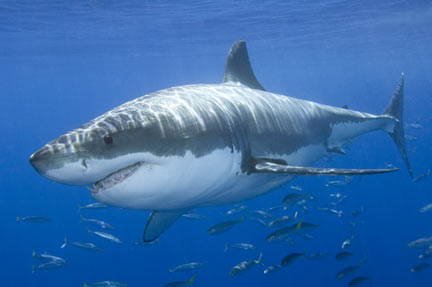
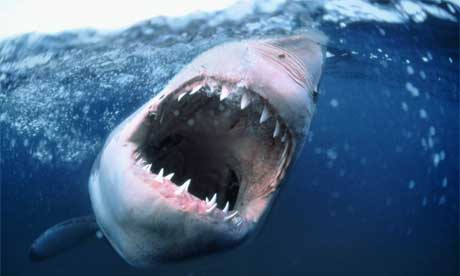
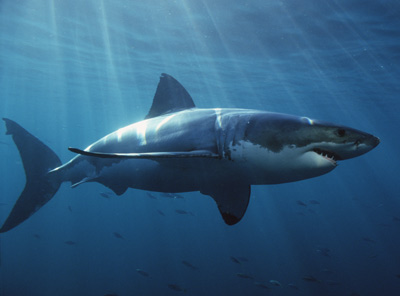
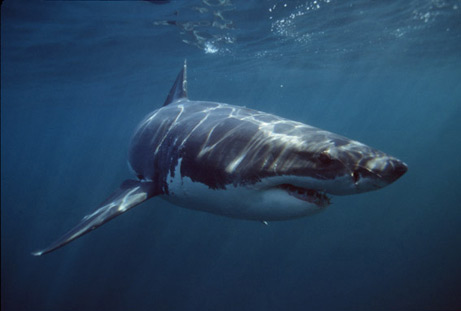
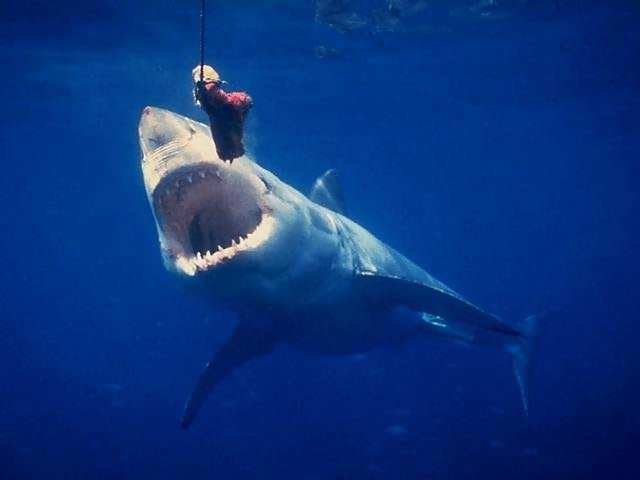

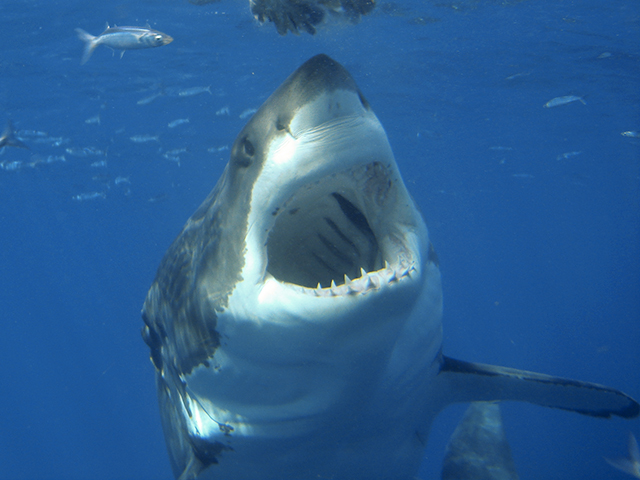












No comments:
Post a Comment